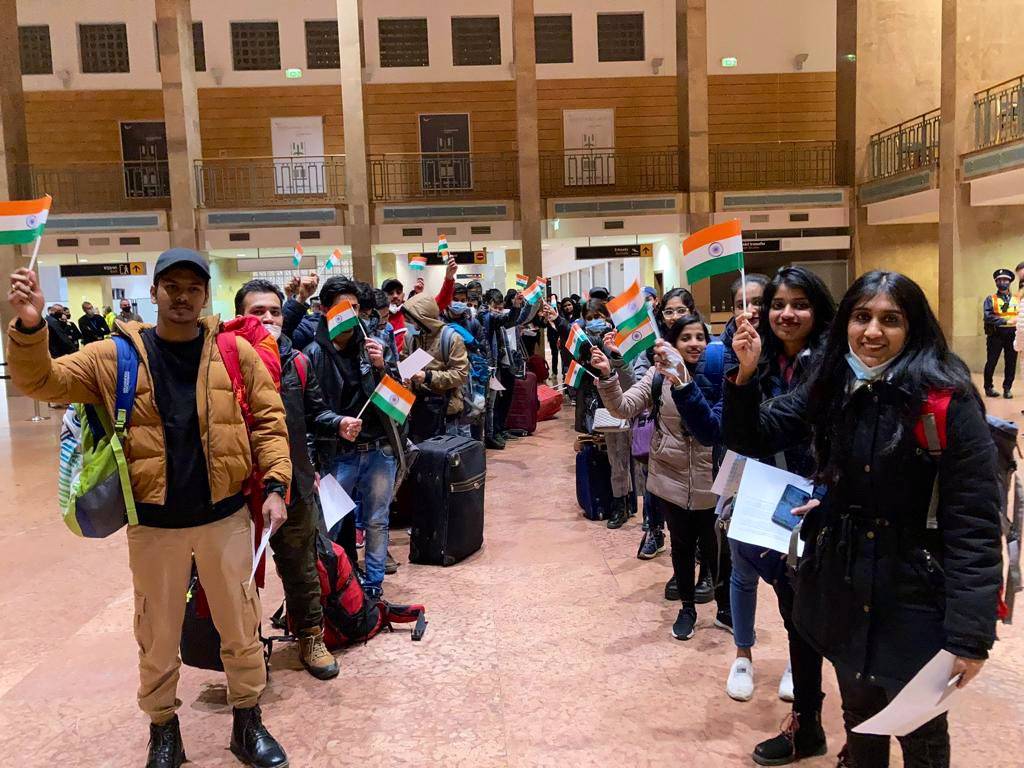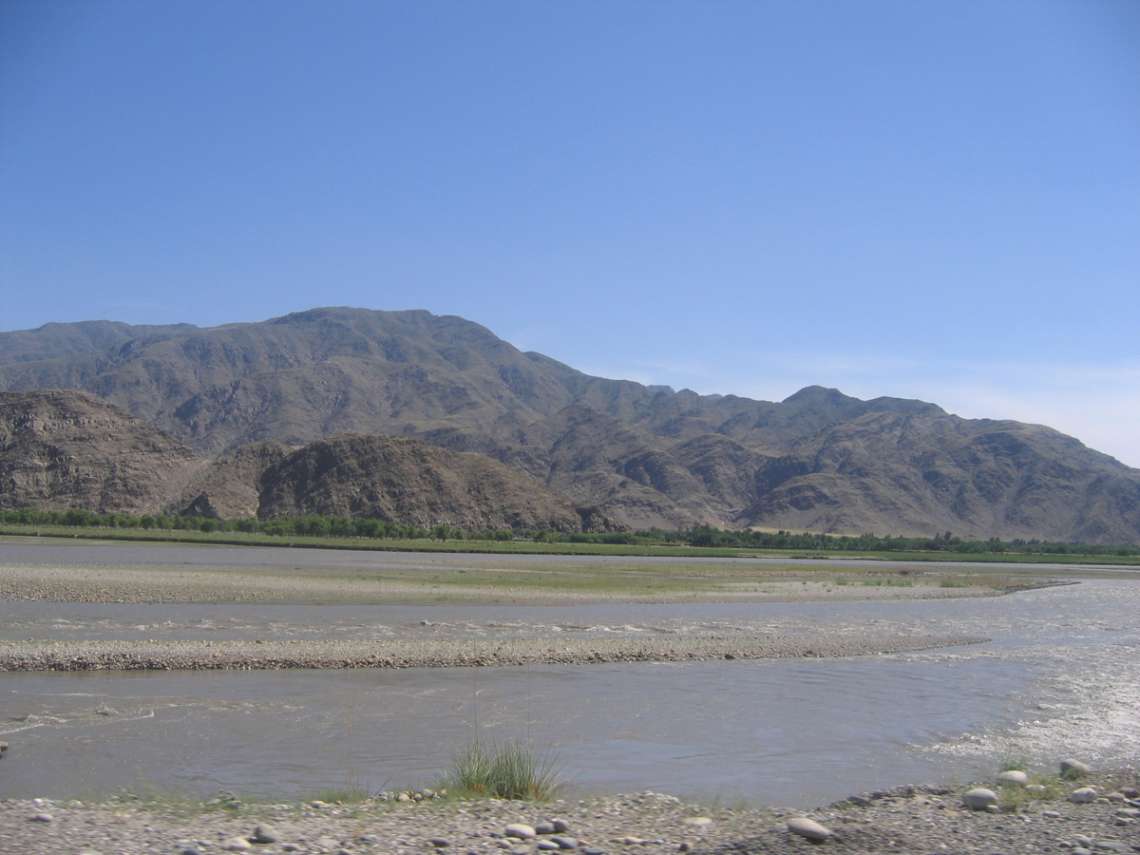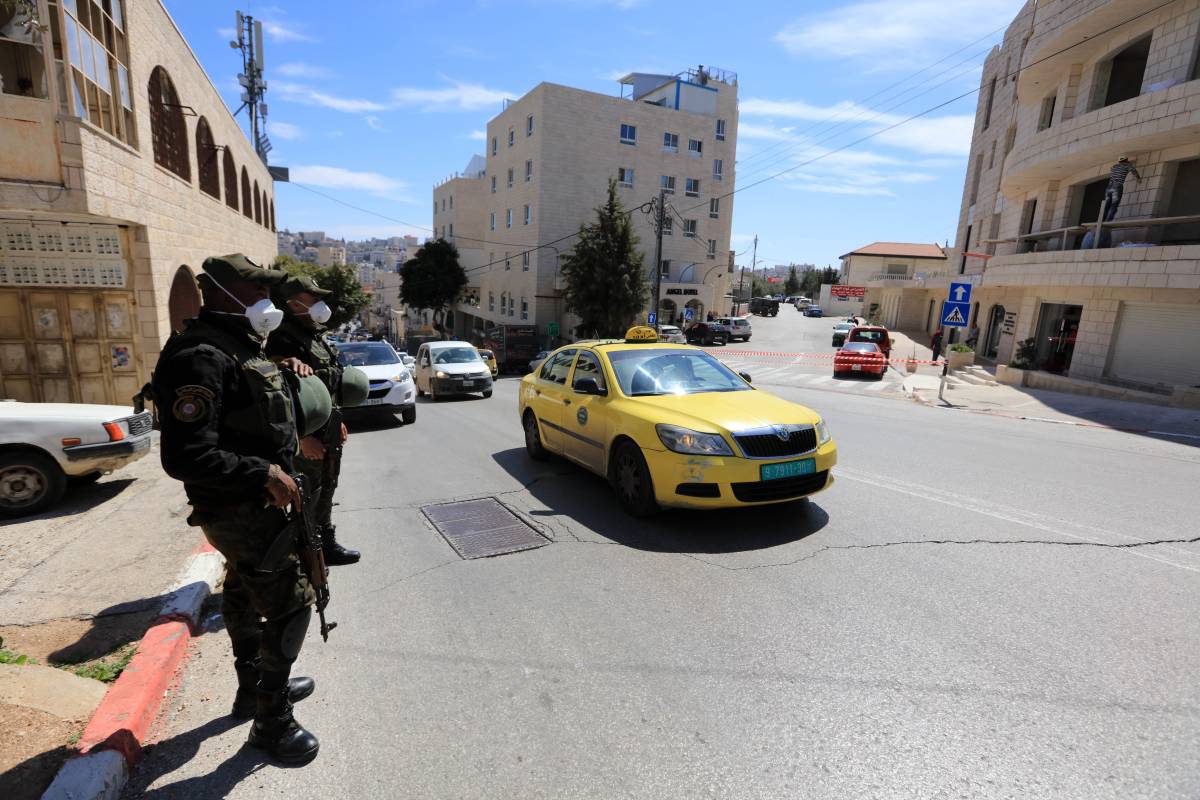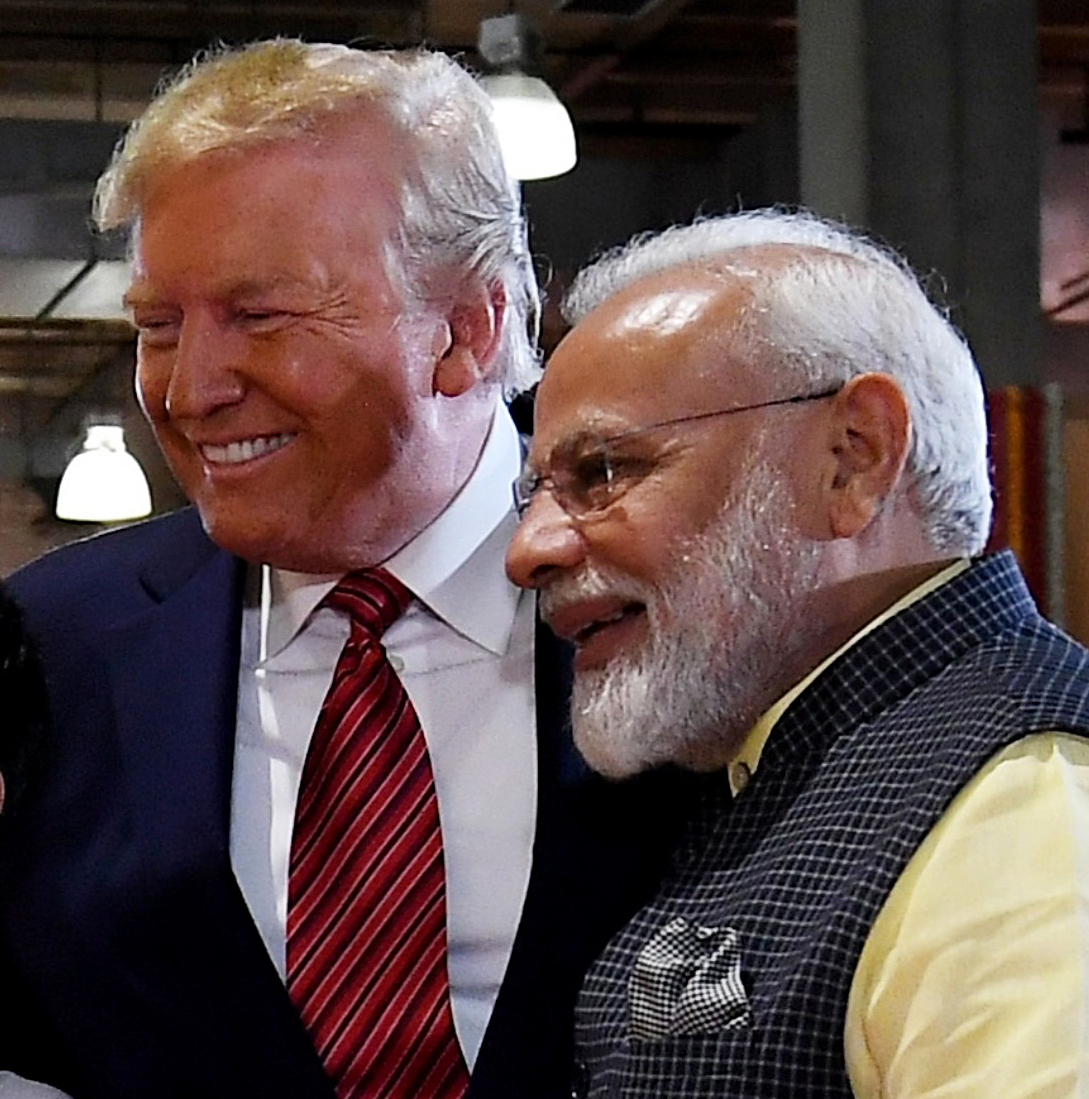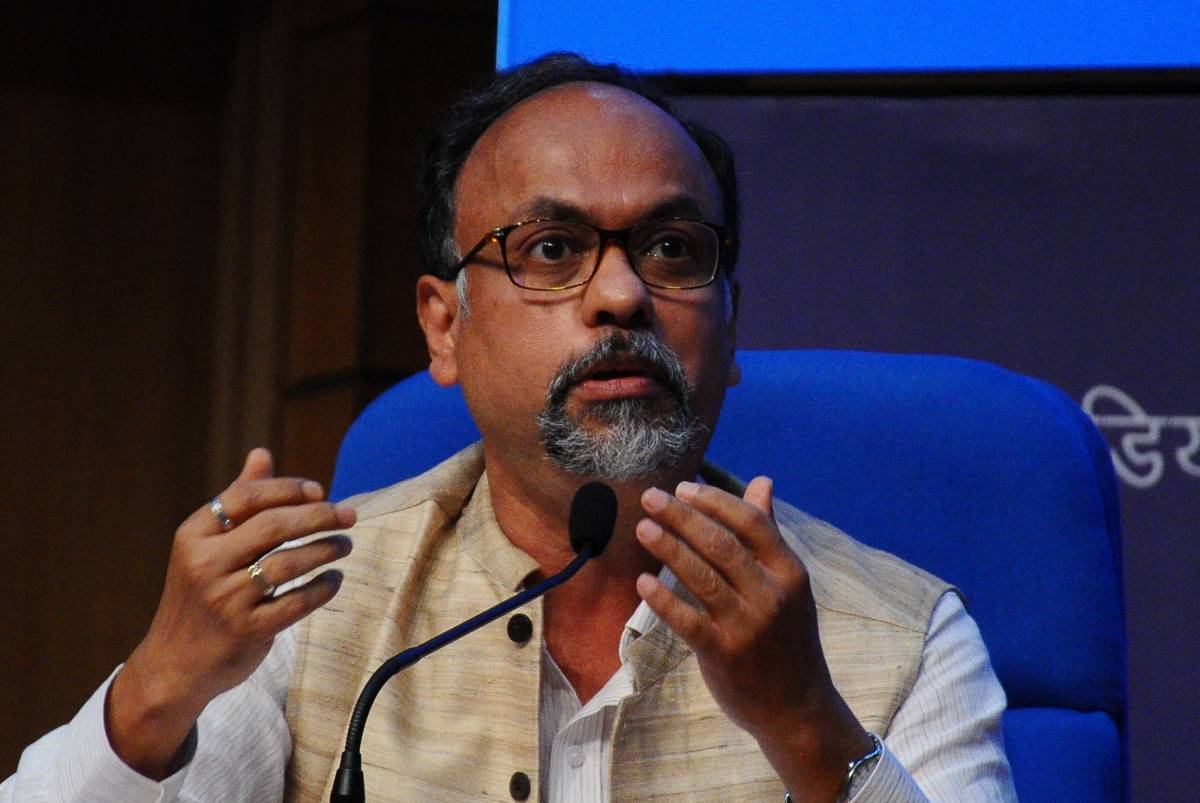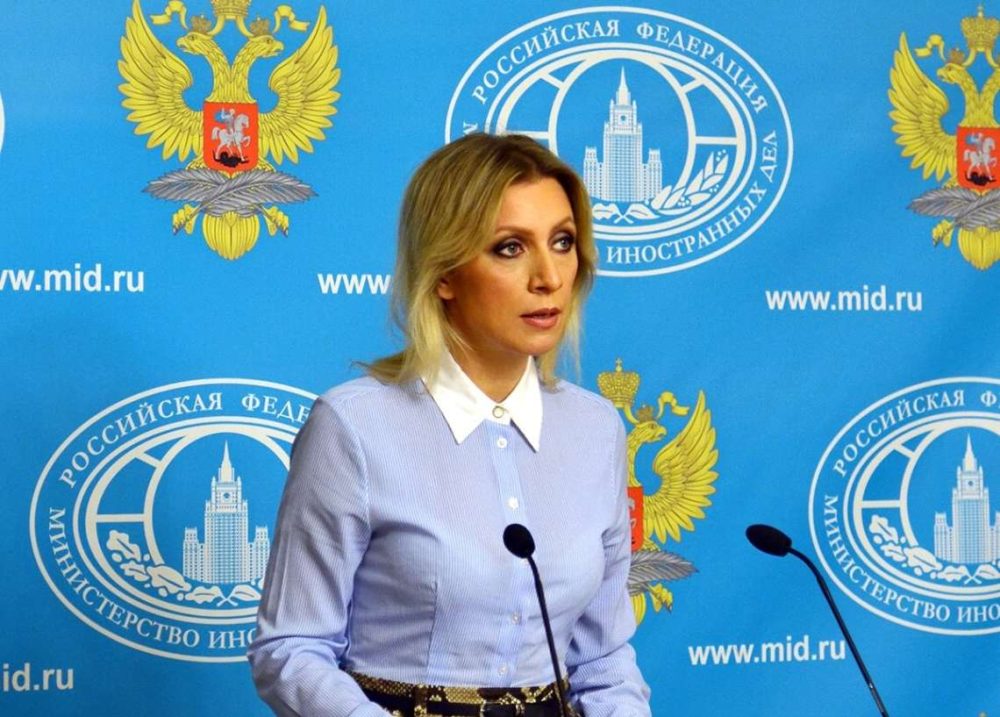The most important foreign policy priority in the ongoing conflict for India has been the safe and secure evacuation of Indians, both students and other residents alike, to India….reports Asian Lite News
To have evacuated safely more than an estimated 18,000 Indian nationals from Ukraine amidst the ongoing conflict, is truly a commendable task. Also, to have done it without much fanfare speaks volumes of the coordination put it by the government of India to ensure swift and speedy evacuation. That is the hallmark of ‘Operation Ganga’, initiated to evacuate all Indian nationals living in Ukraine, but stranded due to ongoing military operations on Ukrainian territory by the Russia.
The most important foreign policy priority in the ongoing conflict for India has been the safe and secure evacuation of Indians, both students and other residents alike, to India. Operation Ganga is a combined civil and military effort to ensure all Indian nationals return home safely.
India brought back its nationals from Romania, Poland, Hungary, Slovakia and Moldova after they had crossed over to these countries from Ukraine via land border transit points. This process began on February 22. By March 10, more than 80 flights had been operated to rescue stranded Indians.

Initially, India used its fleet available with the civil airlines, but by March 1 the Indian Air Force (IAF) was called in to help; this was the day when an Indian student was killed in Kharkiv. The first flight carrying Indians landed in Mumbai on February 26 and was received by Piyush Goyal, Minister for Commerce and Industry.
Once the IAF got into action, it became possible to increase the effort as the C-17 Globemaster has a capacity to carry 400 passengers. Notably, the C-17 Globemaster not only brought back stranded Indians but also helped to deliver humanitarian aid to Ukraine, which is experiencing a shortage of food, fuel, medical supplies, and other essentials. Just last year, the IAF C-17 helped in evacuating citizens and officials from Kabul when the Taliban captured Afghanistan. Not only has India ensured safety for its citizens but is also helping its neighbours. In a recent video, a student from Pakistan can be seen thanking the Indian embassy in Kiev and Prime Minister Modi.
This is not the first time that India has evacuated its citizens from conflict zones.

In 1990, when Iraq invaded Kuwait, India evacuated nearly 200,000 Indians stranded there over a period of two months. In 2015, India undertook Operation Raahat to rescue thousands of Indians and hundreds of people from other countries at the height of the conflict between the Yemeni government and Houthi rebels. Then in 2021, India launched Operation Devi Shakti to evacuate its nationals from Afghanistan after the fall of Kabul in August that year.
In the case of Ukraine, the government has operated some 80 flights under Operation Ganga to safely bring about 18,000 Indians back home. Of these, private airlines operated 46 as on March 9. Notably, the government decided not to charge anything from those being evacuated. This means that the Centre will have to pay approximately Rs 66-70 crore per flight for a two-way operation.
Of the 46 evacuation flights, 29 were operated to Bucharest in Romania, 10 to Budapest in Hungary, six to Rzeszow in Poland, and one to Kocise in Slovakia.
With Prime Minister Modi leading from the top, the Ministry of External Affairs established 24×7 control centres to provide the impetus for the necessary flow of information out of Ukraine. This ensured that the Centre was able to match records of Indian nationals with available databases. This process was further helped by friendly countries in Eastern Europe, like Poland who waived documentation requirements for Indians to enter and then fly home. A key part of this exercise was the constant conversations that the government had at the highest levels, with heads of state. This ensured smoother facilitation of the evacuation process.

Coordination for the operation came right from the top and despatch of senior ministers of the government to the countries mentioned above provided the necessary coordination and direction on the ground to ensure smooth completion of all formalities. That the Prime Minister himself held daily meetings to supervise this mission demonstrated India’s seriousness. Modi sent four Ministers, namely Jyotiraditya Scindia, Hardeep Singh Puri, Kiren Rijiju, and V.K. Singh to Hungary, Romania, Slovakia, and Poland, respectively, to oversee the evacuation of Indians.
The real challenge of evacuating those Indians stuck in eastern Ukraine was of moving people amidst the raging conflict. This is why India proposed the creation of humanitarian passages to both Russia and Ukraine, so that the evacuation would be less hazardous. India deployed one team also in the Russian city of Belgorod, close to the border with Ukraine, in case the possibility of evacuation from the Russian side arose. This did not happen given the intensity of conflict in eastern Ukraine.
The closure of the Ukrainian air space further complicated matters as India could not extricate its nationals from Kiev or any other Ukrainian city. This is what created the necessity of moving most people by road or rail to friendly countries across the Ukrainian border for eventual evacuation by air to India.
India has now considerable experience of Humanitarian Assistance and Disaster Relief, both within the country and overseas. It has also functioned as a first responder to countries in its neighbourhood, like it did in Nepal during the 2015 earthquake. The lessons from Operation Ganga will definitely be internalised and adopted to meet such contingencies in the future. The reality is that Indians are spread and settled all over the world and many of them are resident in potential conflict zones. The case of Ukraine is a telling example of how a perfectly quiet situation can turn into a ‘hot’ zone in a short time. The way forward is for India to further refine its capabilities of evacuation, while monitoring the presence of Indians in potentially hazardous zones.
Overall, though it must be said “job well done”, when looking back at Ukraine.


